The persisting threats of the COVID-19 pandemic lead businesses to find alternative work setups, with remote work remaining as currently the most efficient. In this article, we’re going over some of our most recommended tools to make your team as effective as possible during these times.
Contrary to popular belief, remote work isn’t some holy grail all businesses must adapt. Sure, for some professionals, it works great. But teams that aren’t used to working remotely will have a tough time recalibrating their respective work at home.
However, in light of the COVID-19 crises, many businesses are jammed into this work setup and are forced to adapt.
In line with the MECQ, the Arsenal team is currently reporting to work with a skeleton crew of production, account managers, ops, and directors. All of our creatives are working remotely at home. Meaning, we’ve had to find our footing in remote work too, especially in the early days.
In this article, we are going to list down some of the best practices and tools to make your remote team as productive and efficient as they can.
Important things remote teams must take to heart
Before we jump into our list of tools, some housekeeping.
Managing and working with a remote team requires a distinctly “remote” kind of mindset. What this entails is a whole lot of owning up responsibilities and practicing empathy among coworkers.
With this in mind, here are some fundamentals to make working remotely work for you and your team.
Communication is crucial
This is a no-brainer, even in traditional work setups. The only difference is that we’re physically unable to tap a coworker on the shoulder to bug about a particular project. Remote teams have to rely on communication tools like Slack or Workplace to make sure everyone is on the same page.
More than the tools, knowing how to make communication direct, clear, and concise is important too. You don’t want to send your coworkers a barrage of Slack notifications because of messages broken into multiple bubbles. Before hitting send, make sure your message has a complete thought and a clear ask.
Owning outcomes, good or bad
A huge part of remote work is taking ownership of your tasks, projects, and responsibilities. With no way to quickly huddle over the conference table, remote teams have to know how to own outcomes and objectives.
Tasks and projects need to have:
- clear assignments (who is in charge);
- expected outcomes (what the KPIs and deliverables are);
- and deadlines (when the task or project is due).
Without embracing accountability, remote teams will have a hard time fixing bottlenecks and improving processes.
Acknowledging varied work styles
Without the exact same work environment, the way your team members work will inevitably vary. One will manage their time or workload differently from the other. It’s absolutely crucial to recognize that each workstyle will be unique, and it’s your job to shepherd each one to hit an ultimately common goal.
To add to this, remote workers should respect work boundaries too. With very few exceptions, no professional, remote or otherwise, should message a coworker at 9PM for a work order. If work ends at, say, 5PM, acknowledge that your coworkers might have already logged out of work.
The best tools to make your team more efficient
We have listed below some of the best tools remote teams can use to make working remotely better and more efficient.
Communication tools
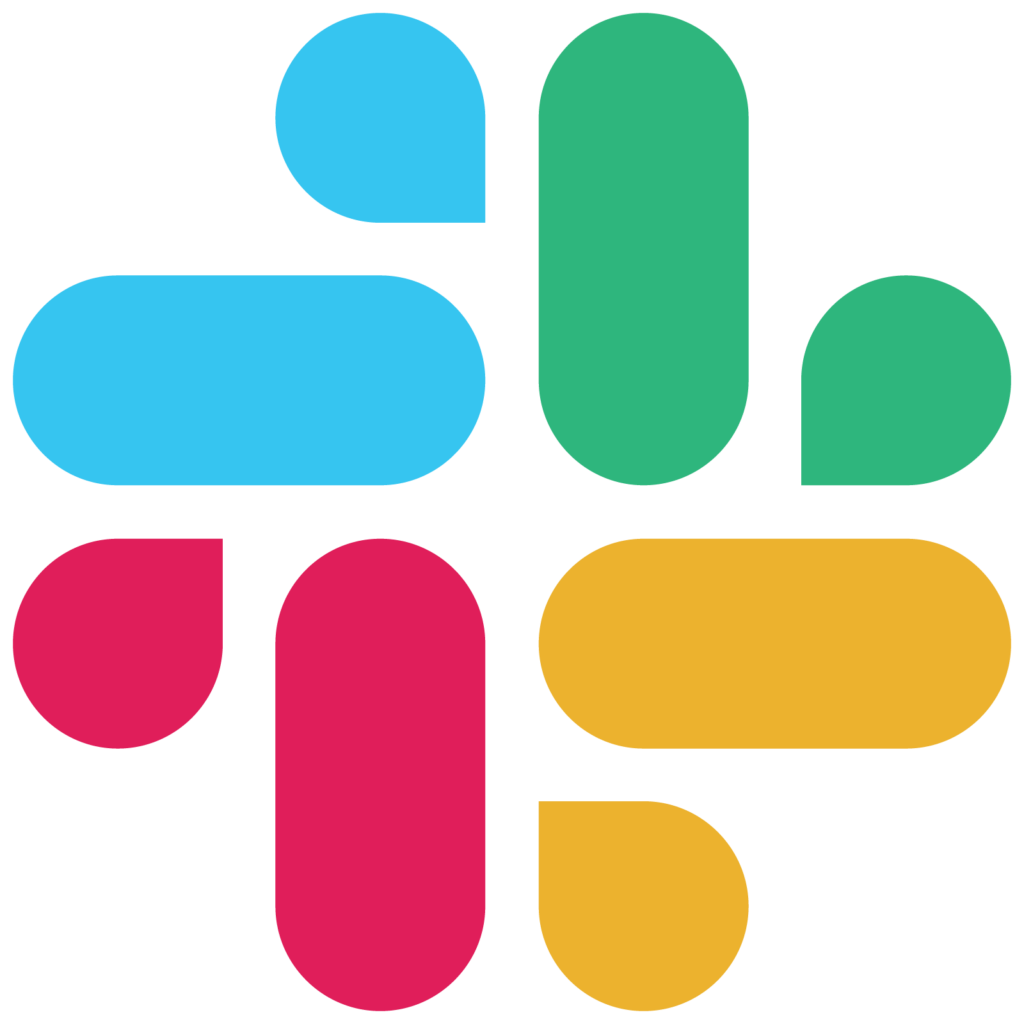
SLACK
Slack is the grand-daddy of communication tools. Used by Airbnb, Target, EA, and other industry giants, this software makes messaging at work easy, light, and fun. Make sure to cop the Giphy integration for some fun GIF exchanges!
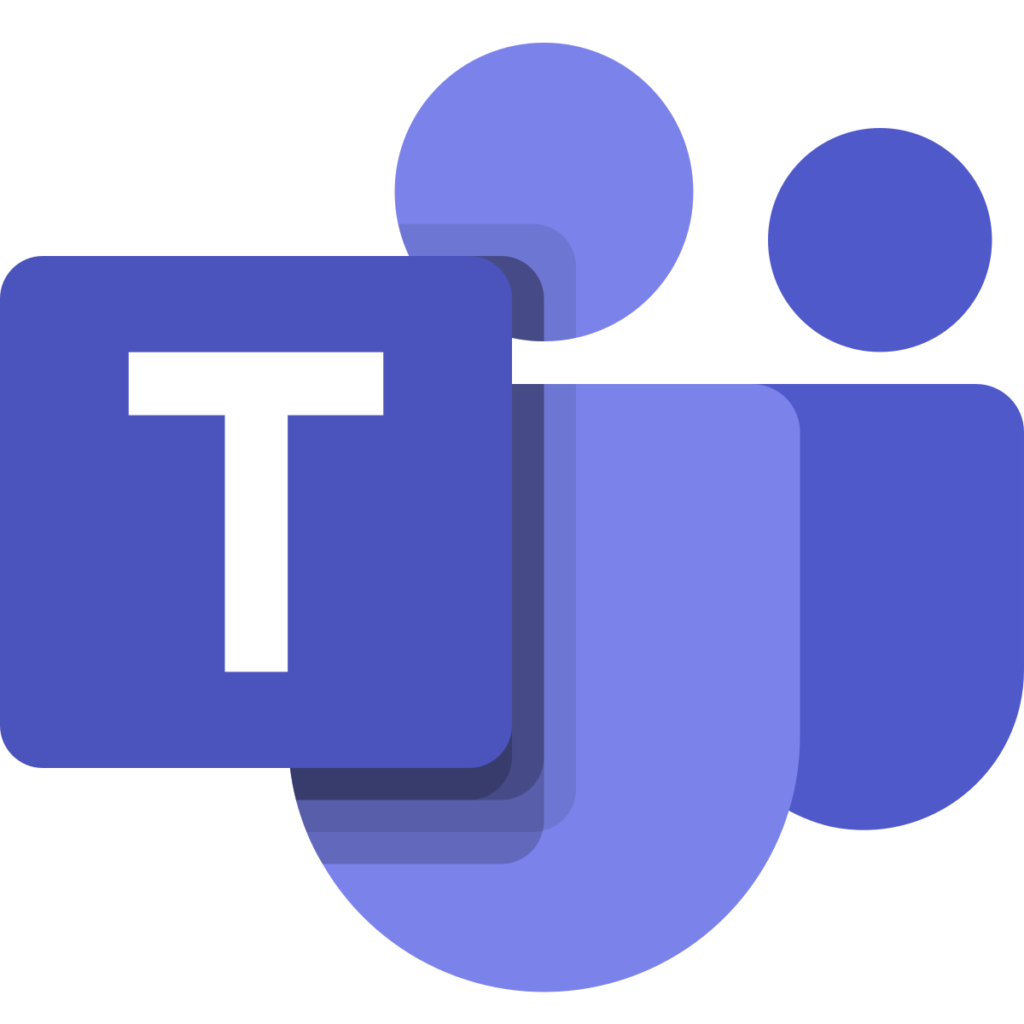
MICROSOFT TEAMS
Microsoft’s own messaging app directly rivals Slack. Built to integrate seamlessly with Microsoft 365, Teams is as feature-rich as Slack and considerably as easy-to-use. If your team is using Office tools from Microsoft, this one is a no-brainer.
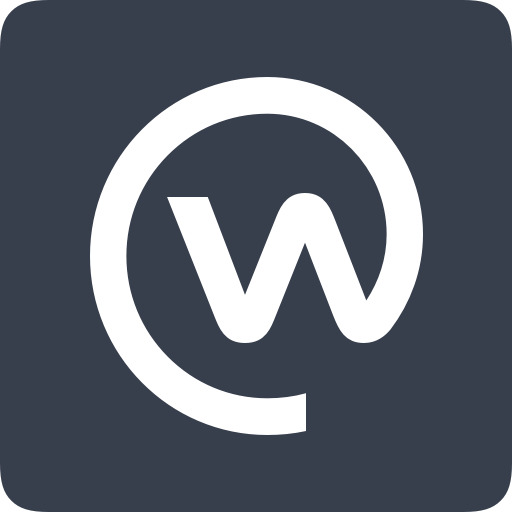
WORKPLACE
Facebook’s team communication tool is on this list because it might just be one of the best free options you’ll find. A cross between Facebook Groups and Messenger, Workplace is optimized to fit all your team needs to collaborate and communicate effectively.
Project Management Tools
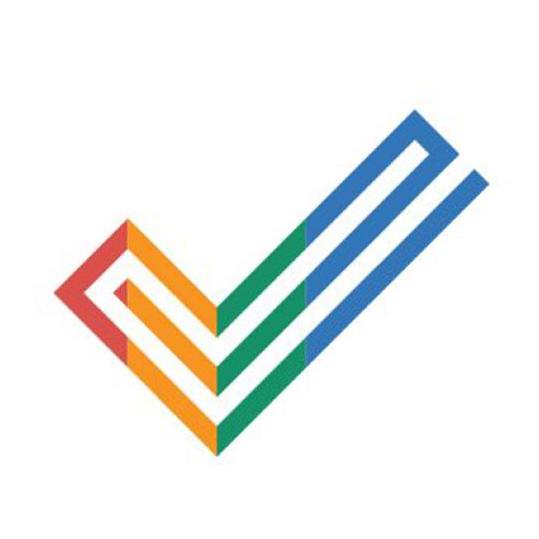
ZOHO PROJECTS
Part of Zoho’s extensive suite of free business tools, Zoho Projects is a robust project management tool with a complete set of features to play around with. Its biggest draw, however, is that it has some learning curve before you can integrate it into your work.

ASANA
Asana is a popular project management tool recommended by individuals and teams alike. It’s free up to 15 users and has enough free features to help you get your team on the groove of knocking down tasks and projects.

NOTION
A relatively new tool, Notion thrives in the modularity of its software. It can serve as a note-taking app, a to-do list, a project management tool, or a combination of all of that. I personally use this to manage all of my tasks.
Office Tools

G SUITE
G Suite gives you and your team access to Google’s best tools, including Docs, Sheets, Slides, Drive, and – of course! – Gmail. If you’re deep into the Google ecosystem, G Suite is most definitely a collection of tools worth checking out.
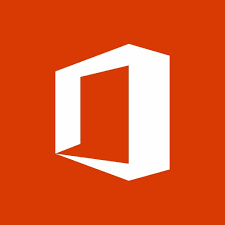
MICROSOFT 365
If you like using Microsoft’s office tools – Word, Excel, PowerPoint, Outlook, OneDrive, and more – you’ll find yourself right at home with Microsoft 365. With excellent integrations across the board, work will feel more seamless.

HELLOSIGN
At this point, most companies have gone paperless. Lest you refuse to get with the times and stick with mailing your contracts and project proposals, HelloSign is a tool you’ll find great value in, thanks to its easy-to-use e-signing process.
Productivity Tools
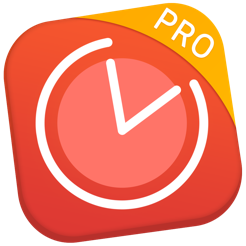
BEFOCUSED
The Pomodoro technique is widely regarded as one of the most effective productivity methods teams and individuals can follow. You set a timer for 25 minutes of uninterrupted work and follow that up with a 5-minute break. It works great.

TOGGL
Toggl is a premier time-tracking software for teams that take billable hours seriously. But what’s great with Toggl is that teams have started using it as an analytical tool for measuring your team’s performance. It’s actually awesome when you see the reports.

SPOTIFY
Don’t be surprised to see a music streaming app in our list of tools for remote work. Music is a great way to set your mind and focus on your work. If songs with lyrics distract you, try the Deep Focus playlist. Or listen to these great podcasts to help inspire your work.

